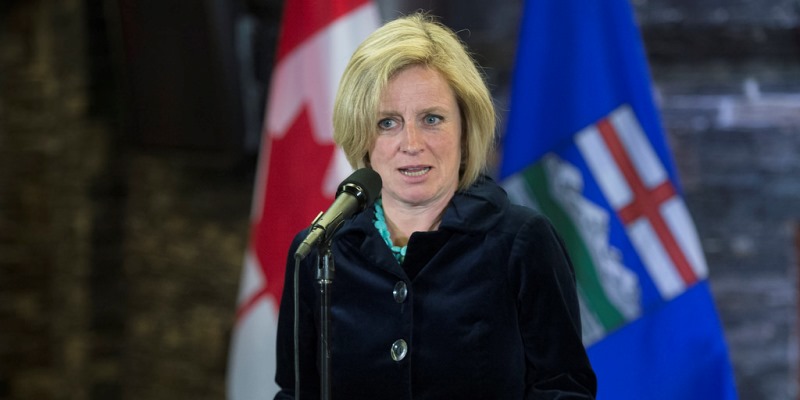Time for regulatory reform in Alberta

Last week’s federal court ruling, which threw another stick in the spokes of the Trans Mountain pipeline project, will surely impact Canada’s investment climate—and not in a good way. And clearly, if Calgary’s massive vacancy rate in the downtown core is any sign, oil and gas investment in Alberta is in steep decline.
According to a report by the Canadian Association of Petroleum Producers, capital investment in Canada’s oil and natural gas in 2017 was $45 billion, down 44 per cent compared to $81 billion in 2014. Statistics Canada also has some gloomy news, reporting that capital spending in Canada’s oil and gas sector is expected to decline by 12 per cent in 2018, following a four-year decline from 2014. Investment in Alberta is also expected to decline by 12 per cent this year.
The decline in investment in Alberta comes as no surprise, given that investment attractiveness in the province has dropped to second last place among Canadian jurisdictions, just above British Columbia in the Fraser Institute’s annual Global Petroleum Survey. What’s the problem? Several policy areas within the study, such as respondent perceptions of regulatory barriers to investment, show a sharp decline. The survey asks four questions related to different aspects of regulation in the oil and gas exploration and production space. When asked in 2013 whether uncertainty about environmental regulations would attract or deter investment, 32 per cent of survey respondents said deter compared to 68 per cent in 2017.
The increase in investor concern about the cost of regulatory compliance is also striking—32 per cent of respondents said compliance costs were a deterrent to investment in 2013 compared to 70 per cent in 2017.
So what can be done to reverse investor perceptions related to Alberta’s investment environment? A good place to start would be to roll back much of the regulatory cascade brought on by Premier Notley in her crusade to curb Alberta’s greenhouse gas emissions to buy “social license.” (And how did that work out, Premier Notley?)
Step one might be to emulate Ontario Premier Doug Ford, scrap Alberta’s carbon tax and challenge the legitimacy of the federal price escalator that will raise carbon prices to $50/tonne of GHG emissions by 2022. Another way to improve investor confidence, particularly for long-term projects, would be to eliminate the 100 megatonne cap on oilsands greenhouse gas emissions, which could begin to bite by the mid-2020s. Alberta might also take a page from British Columbia’s Regulatory Reform Initiative, by requiring that any new regulation must be accompanied by cutting another.
Assessing the B.C. effort in a study published by the Mercatus Center at George Mason University, researcher Laura Jones noted that some 382,139 regulatory requirements were identified by government agencies when the government appointed a Minister of Deregulation in 2001. In 2017 alone, some 3,300 unnecessary or obsolete regulations were eliminated, and B.C.’s regulatory count fell from 330,812 in 2001 to 170,140 in 2017—48 per cent reduction. Recently, Alberta Energy Minister Marg McCuaig-Boyd announced that the province is testing a new “one-stop” process for project approvals, but only on a pilot basis for some projects. One hopes this is quickly extended throughout the sector.
Regulation is a hidden tax on businesses. Consumers don’t see the direct cost of compliance, only rising prices for goods and services, and a lack of investment. Alberta needs regulatory reform, rather than what we’ve been getting, which is regulatory bloat.

